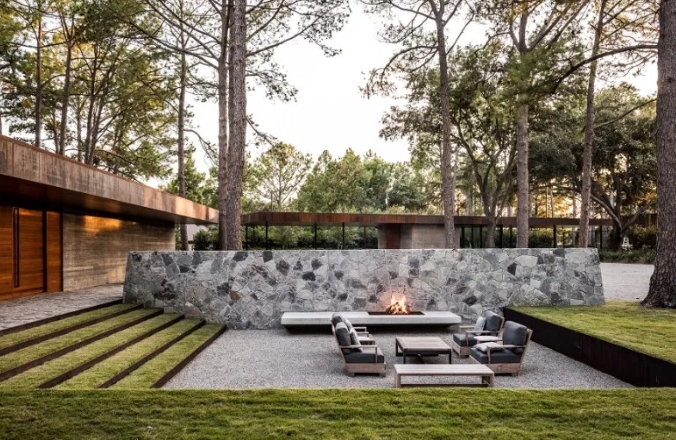Cool Landscape Architecture: Transforming Spaces and Enhancing Lives
Landscape architecture plays a crucial role in shaping our environment, blending the beauty of nature with functional design. As urban areas continue to grow, innovative landscape architecture becomes increasingly relevant, providing green spaces that enhance our quality of life. This article explores some remarkable trends in landscape architecture that not only elevate aesthetics but also promote sustainability and community engagement.
Innovative Green Spaces
One of the most exciting trends in landscape architecture is the design of innovative green spaces in urban environments. Parks and community gardens are being reimagined to accommodate recreational activities, social gatherings, and ecological habitats. By incorporating native plants, rain gardens, and permeable surfaces, these spaces not only offer aesthetic appeal but also improve biodiversity and stormwater management. For instance, places like New York City’s High Line have successfully transformed abandoned infrastructure into vibrant public parks, showcasing how creativity can breathe new life into urban landscapes.
Sustainable Practices
Sustainability is at the forefront of modern landscape architecture. Designers are increasingly focusing on eco-friendly materials, water conservation, and energy efficiency in their projects. Techniques such as xeriscaping, which uses drought-resistant plants, and green roofs, which provide thermal insulation and reduce rain runoff, exemplify how landscape architecture can mitigate environmental impacts. Moreover, many architects aim to create spaces that encourage sustainable behaviors, such as urban farms or community composting areas, helping to foster a culture of environmental responsibility among residents.
Community-Driven Design
The concept of community-driven design is revolutionizing how landscapes are created and maintained. Engaging local communities in the planning process not only ensures that the spaces meet their needs but also fosters a sense of ownership and pride. Workshops, surveys, and public forums enable residents to share their visions for their neighborhoods, leading to designs that reflect the unique character of each community. Successful examples include the revitalization of public squares and the integration of art installations, which can transform a simple gathering space into a vibrant cultural hub.
Conclusion
Cool landscape architecture is essential for creating functional, beautiful, and sustainable environments. By embracing innovative green spaces, sustainable practices, and community-driven design, we can enhance our surroundings and improve our quality of life. As you explore your community, consider how these elements play a role in transforming everyday spaces into extraordinary places. To learn more about the exciting world of landscape architecture, dive deeper and discover how these principles can be applied in your own outdoor spaces.

